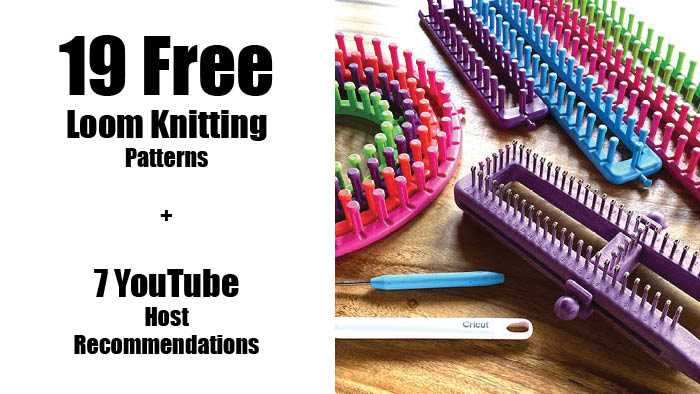
Knitting has long been a beloved craft, passed down from generation to generation. Traditionally, knitters have used knitting needles to create intricate patterns and designs, but in recent years, loom knitting has gained popularity as an alternative method. Loom knitting uses a round or rectangular loom to create beautiful garments, such as sweaters. Loom knitting offers a unique and versatile way to create sweaters, and there are numerous patterns available for knitters of all skill levels.
One of the advantages of loom knitting sweater patterns is that they are ideal for beginners who are new to knitting. Loom knitting eliminates the need for needles and complicated techniques, making it easier to pick up for those who are just starting out. Loom knitting also allows for quick and efficient knitting, as the loom holds the stitches in place, making it easier to keep track of the pattern.
For experienced knitters, loom knitting sweater patterns offer a refreshing change of pace. Loom knitting allows for unique and interesting stitch patterns that may be difficult or time-consuming to achieve with traditional needles. Additionally, loom knitting can be a great way to experiment with different textures and yarns, as the loom can accommodate a wide range of materials.
Whether you are a beginner or an experienced knitter, loom knitting sweater patterns offer a new and exciting way to create beautiful and comfortable garments. With a variety of patterns available online and in knitting stores, you are sure to find a design that suits your style and skill level. So pick up a loom and some yarn, and start knitting your way to a cozy and stylish sweater!
Loom Knitting Sweater Patterns
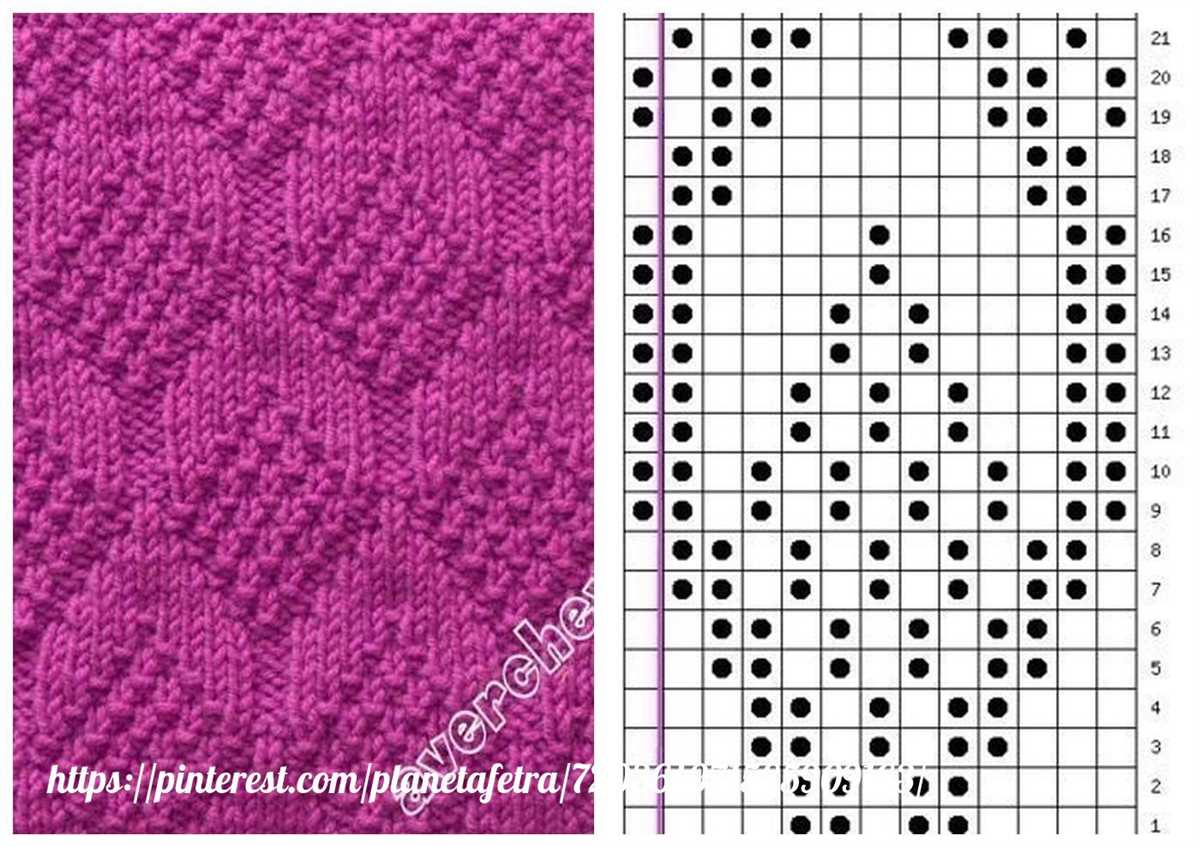
Knitting sweaters on a loom can be a fun and rewarding project for both beginners and experienced knitters. Loom knitting offers a unique way to create beautiful and cozy sweaters without the need for traditional knitting needles. With a variety of loom knitting sweater patterns available, you can easily find a design that fits your style and skill level.
One popular loom knitting sweater pattern is the “Stockinette Stitch Sweater”. This pattern is great for beginners as it uses the basic stockinette stitch, which creates a smooth and even texture. The sweater is worked from the bottom up, starting with the ribbed hem and ending with the collar. The pattern typically includes instructions for different sizes, so you can easily customize the sweater to fit your measurements.
If you’re looking for a more advanced loom knitting sweater pattern, the “Cabled Sweater” is a great choice. This pattern adds a touch of elegance and complexity with its intricate cable designs. Cables are created by twisting and crossing stitches, giving the sweater a beautiful textured look. While this pattern may require some experience with cable knitting techniques, the end result is well worth the effort. You’ll have a unique and stylish sweater that showcases your knitting skills.
- Another popular loom knitting sweater pattern is the “Colorwork Sweater”. This pattern allows you to experiment with different colors and create stunning designs using multiple yarns. Whether you prefer bold and vibrant colors or subtle and muted tones, you can create a sweater that reflects your personal style. The pattern typically includes instructions for stranded colorwork or intarsia techniques, which add depth and dimension to the design.
- If you’re looking for a quick and easy loom knitting sweater pattern, the “Basic Pullover” is a great option. This pattern is ideal for beginners or those who want a simple and timeless design. The sweater is worked in a basic stitch pattern, such as garter stitch or ribbing, which creates a textured and cozy fabric. The pattern usually includes instructions for different sizes and variations, allowing you to create a sweater that fits perfectly.
In conclusion, loom knitting sweater patterns offer a wide range of options for knitters of all skill levels. Whether you’re a beginner looking for a simple project or an experienced knitter looking for a new challenge, there’s a loom knitting sweater pattern out there for you. With the right pattern and materials, you can create beautiful and cozy sweaters that are perfect for the colder months or as a statement piece in your wardrobe.
Benefits of Knitting with a Loom
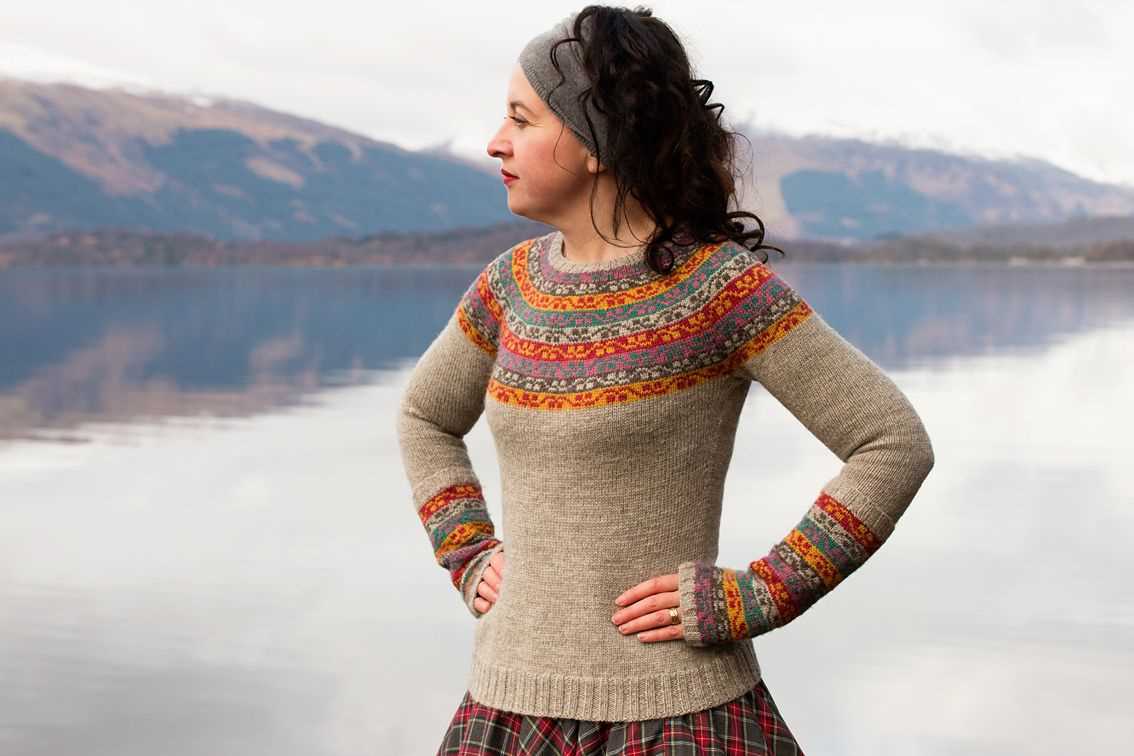
Knitting with a loom offers a variety of benefits that make it an appealing option for many crafters. One of the main advantages of loom knitting is its ease of use, making it accessible to beginners and those with limited knitting experience. Unlike traditional knitting needles, looms have pegs or pins that hold the yarn in place, making it easier to create stitches and maintain tension. This makes it a great option for individuals who struggle with traditional knitting techniques.
Another benefit of loom knitting is its versatility. Looms come in various sizes, allowing crafters to create a wide range of projects, from small accessories like hats and scarves to larger items like sweaters and blankets. With the right loom, crafters can easily adjust the size and shape of their projects, making it ideal for customizing patterns and designs.
In addition to its ease of use and versatility, loom knitting can also be a faster method compared to traditional knitting. The larger gauge of loom knitting allows for quicker project completion, making it a great option for those who enjoy the gratification of finishing a project in a shorter amount of time. This can be especially beneficial when working on larger projects like sweaters or blankets.
Furthermore, loom knitting can be a more ergonomic option for individuals who may have physical limitations or conditions like arthritis. The repetitive motion of knitting can sometimes cause strain or discomfort, but using a loom can help reduce the strain on the hands and wrists. This makes it a more accessible and comfortable option for individuals who still want to enjoy the therapeutic benefits of knitting without the physical strain.
In conclusion, loom knitting offers a range of benefits such as ease of use, versatility, speed, and ergonomic advantages. Whether you are a beginner or an experienced knitter, a loom can be a valuable tool for creating beautiful and customized projects.
Choosing the Right Loom for Sweater Knitting
If you’re interested in loom knitting a sweater, it’s important to choose the right loom for the project. There are several factors to consider when selecting a loom, including size, gauge, and material.
Size: The size of the loom will determine the finished size of your sweater. For larger sweaters, you’ll need a larger loom with a greater number of pegs. Smaller looms are suitable for children’s or petite sizes.
Gauge: Gauge refers to the number of stitches and rows per inch. It’s important to match the gauge specified in the sweater pattern to ensure the correct fit. Different looms have different gauges, so be sure to check the gauge of the loom before starting your project.
Material: Looms can be made from various materials, including wood, plastic, and metal. Each material has its pros and cons. Wooden looms are sturdy and provide a smooth surface for knitting. Plastic looms are lightweight and affordable. Metal looms are durable and great for tight stitches. Consider your preferences when choosing a material for your loom.
Some popular loom brands for sweater knitting include Knifty Knitter, Boye, and CindWood. These brands offer a range of loom sizes and styles to choose from. It’s also helpful to read reviews or seek recommendations from other loom knitters to find the best loom for sweater knitting.
In conclusion, choosing the right loom for sweater knitting is crucial for a successful project. Consider factors such as size, gauge, and material to ensure the loom is suitable for your specific needs. With the right loom, you’ll be on your way to creating beautiful and cozy sweaters using loom knitting techniques.
How to Measure Yourself for a Loom Knit Sweater
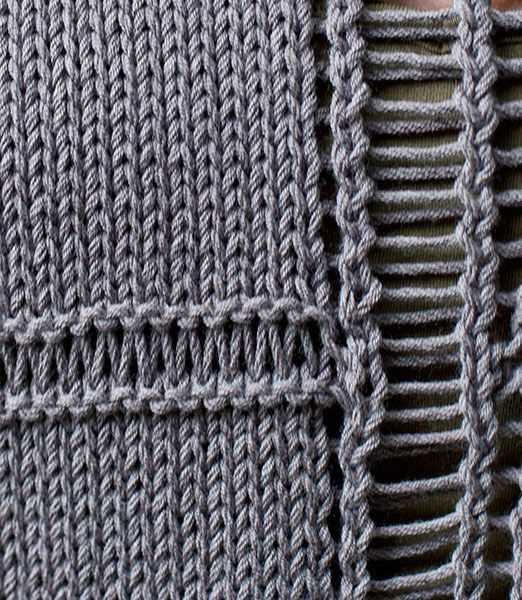
Making a loom knit sweater requires accurate measurements to ensure the perfect fit. Here is a step-by-step guide on how to measure yourself for a loom knit sweater:
Gather the necessary tools
Before you begin measuring, make sure you have a measuring tape and a notepad or digital device to record your measurements.
Take accurate measurements
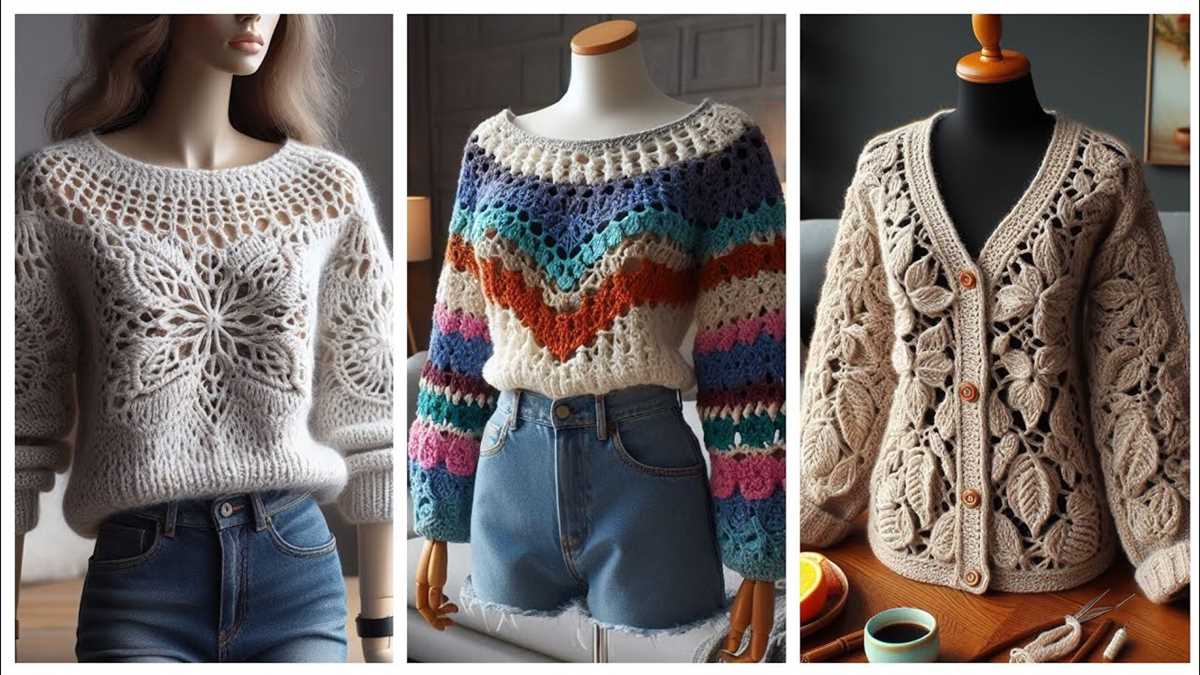
Start by measuring your bust circumference. Wrap the tape measure around the fullest part of your bust, making sure it is parallel to the ground.
Next, measure your waist circumference. Locate the narrowest part of your waist and wrap the tape measure around it.
Then, measure your hip circumference. Wrap the tape measure around the fullest part of your hips, making sure it is parallel to the ground.
Measure your arm length by extending one arm straight out to the side, and then bend it at a 90-degree angle. Measure from the top of your shoulder to your wrist.
For sleeve length, measure from the top of your shoulder to your desired sleeve length. This can vary depending on your preference.
Finally, measure the length from the base of your neck to your desired sweater length. This can range from hip-length to thigh-length, depending on the style you want.
Note down your measurements
Record all of your measurements in a notepad or digital device for future reference. This will help you choose the correct size and make any necessary adjustments to the loom knit sweater pattern.
By accurately measuring yourself, you can ensure that your loom knit sweater fits perfectly and looks flattering on your body.
Basic Techniques for Loom Knitting Sweaters
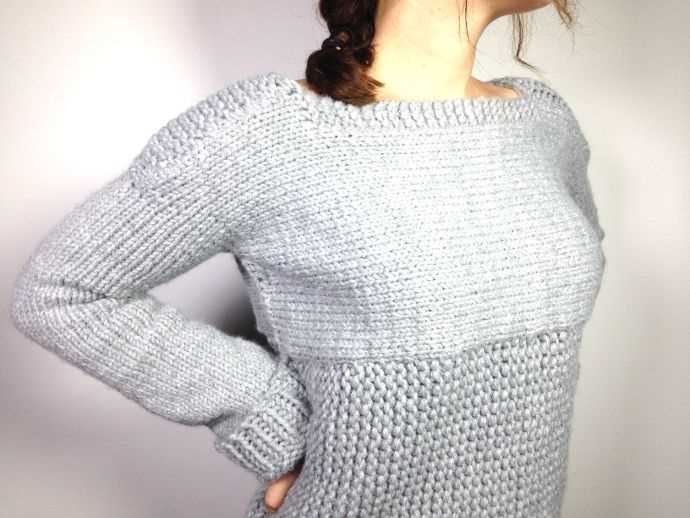
If you’re new to loom knitting and want to make a sweater, it’s important to learn some basic techniques first. Loom knitting can be a fun and versatile way to create beautiful garments, and with the right skills, you can make a cozy and stylish sweater that you’ll love to wear.
Choosing the Right Loom: The first step in loom knitting a sweater is selecting the right loom size. Sweaters typically require larger looms with more pegs to accommodate the width of the garment. Consider the size and style of sweater you want to make, and choose a loom accordingly. There are many different types and sizes of looms available, so do some research to find the one that suits your project best.
Casting On: Before you start knitting, you’ll need to cast on your stitches. To cast on using a loom, begin by tying a slipknot around the anchor peg. Then, wrap the working yarn around each peg in a clockwise direction, forming a loop on each peg. Once you’ve gone around all the pegs, wrap the working yarn around the anchor peg again. You can find detailed instructions and video tutorials online to guide you through the casting on process.
Knitting Stitch: The most common stitch used in loom knitting is the e-wrap or twisted knit stitch. To make this stitch, bring the working yarn from the back to the front of the first peg, then wrap it in a clockwise direction around the peg. Use the loom hook to lift the bottom loop over the top loop and off the peg, creating a new loop. Repeat this process on each peg until you have one loop left on each. Then, start again from the beginning, wrapping the yarn and lifting the loops until you reach the desired length for your sweater.
Increasing and Decreasing: To shape your sweater, you’ll need to know how to increase and decrease stitches. To increase, simply wrap two loops instead of one on a peg. To decrease, lift two loops over at once instead of one. These techniques will help you create shaping and achieve the desired fit for your sweater.
Casting Off: Once you’ve finished knitting your sweater, it’s time to cast off. To cast off using a loom, start by knitting two stitches together using the loom hook. Then, lift the bottom loop over the top loop and off the peg. Continue this process until you have one loop left on the loom. Finally, cut the working yarn and thread it through the last loop, pulling tight to secure it. You can then weave in any loose ends to finish off your sweater.
In conclusion, by mastering the basic techniques of loom knitting, you can create beautiful and cozy sweaters for yourself or as gifts. With the right loom size, casting on, knitting stitch, increasing and decreasing, and casting off, you’ll be able to tackle any loom knitting sweater pattern with confidence.
Different Types of Loom Knit Sweaters
When it comes to loom knitting sweaters, there are various styles and patterns to choose from. Whether you are a beginner or an experienced knitter, there is a loom knit sweater pattern suitable for everyone.
1. Basic Pullover Sweater
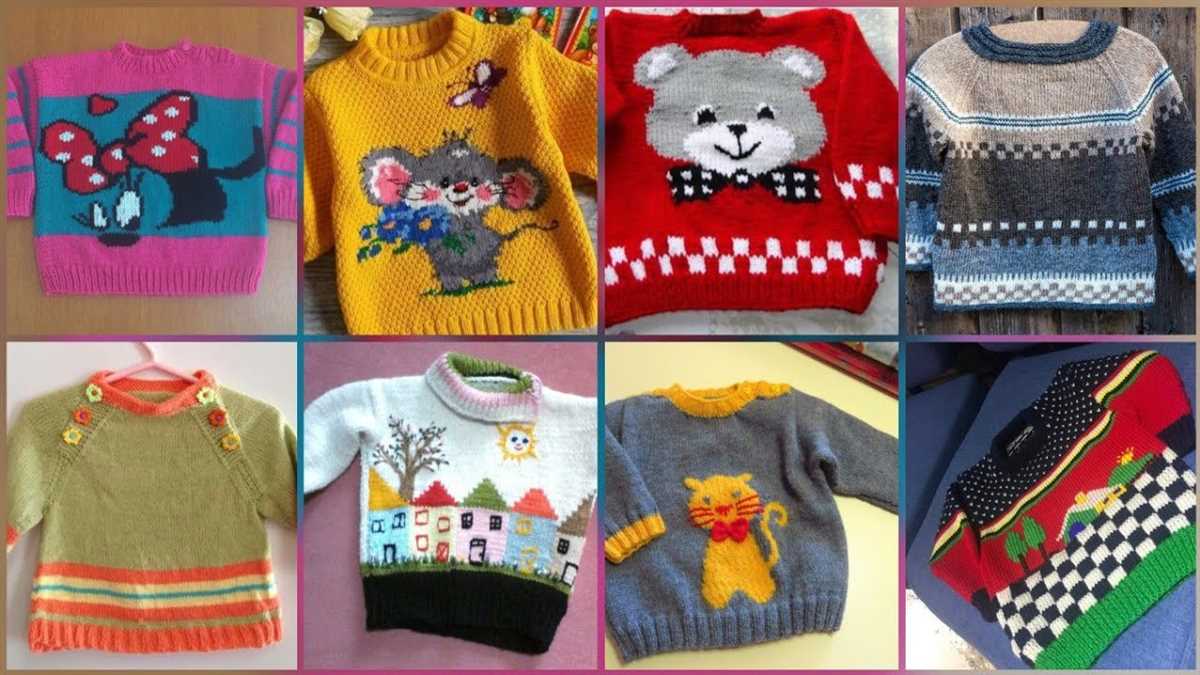
The basic pullover sweater is a classic style that is perfect for everyday wear. This pattern is typically knit in stockinette stitch and has a simple construction with minimal shaping. It is a great project for beginners who are new to loom knitting.
2. Cable Knit Sweater
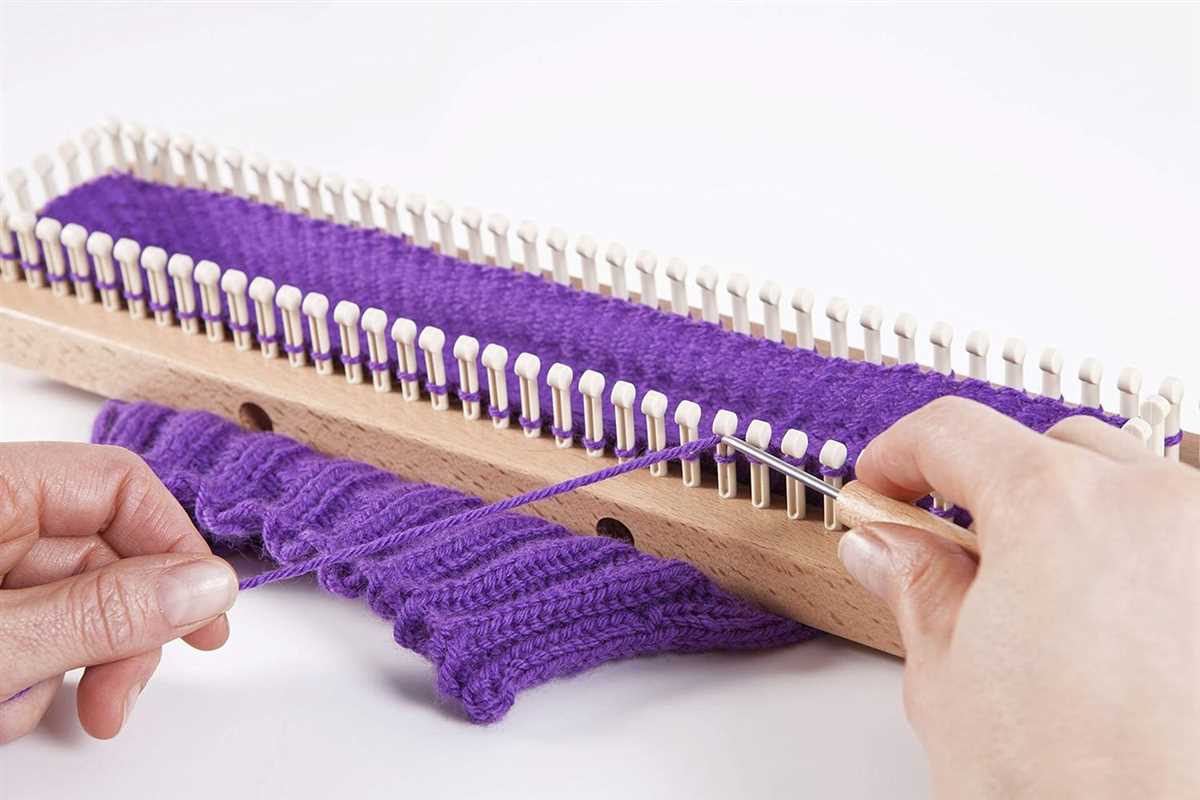
The cable knit sweater is a more advanced pattern that adds texture and visual interest to the garment. Cables are created by crossing stitches over each other, resulting in a braided or twisted appearance. This pattern requires more attention to detail and may be more suitable for intermediate or advanced loom knitters.
3. Cardigan Sweater
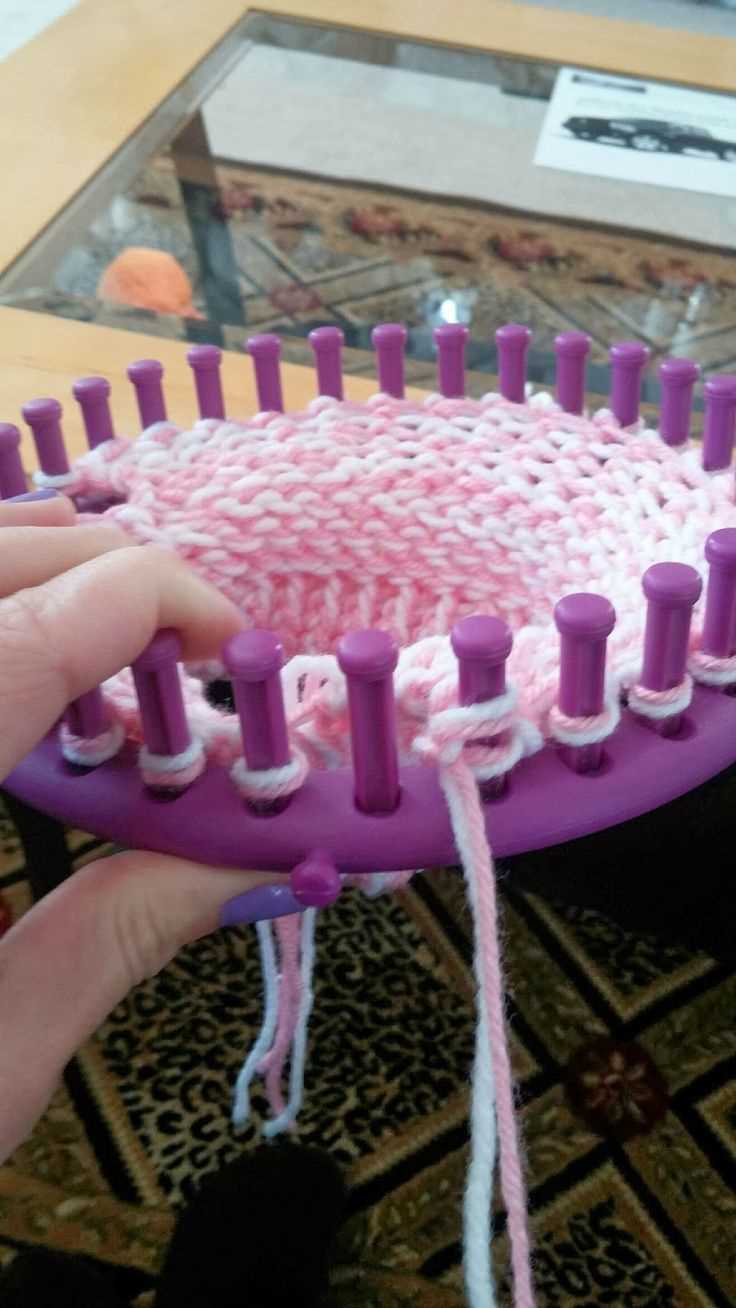
A cardigan sweater is a versatile and timeless choice. It can be knit in various styles, from a simple button-up cardigan to a cozy oversized sweater. This pattern often incorporates ribbing or garter stitch for the cuffs, hem, and collar.
4. Turtleneck Sweater
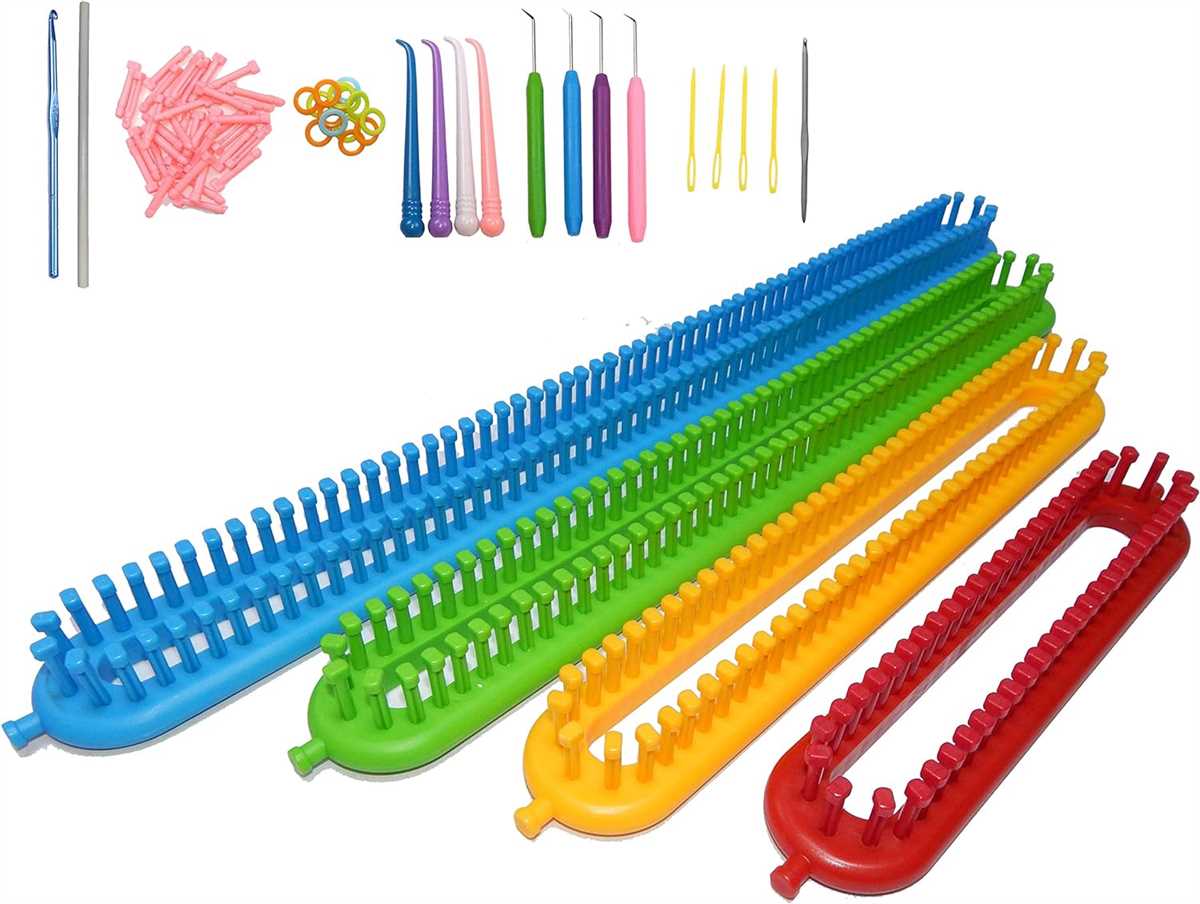
A turtleneck sweater is perfect for colder weather, keeping you warm and cozy. This pattern has a high neckline that can be folded or worn tall, providing extra warmth and protection from the elements. It can be knit in a variety of stitch patterns, such as ribbing or mock cables.
5. Hooded Sweater
A hooded sweater adds a comfortable and practical touch to your knitwear. This pattern includes a hood that can be worn up or down, providing extra warmth and protection for your head. It can be knit in a variety of styles, from a loose and slouchy hood to a more structured and fitted one.
6. Sweater Dress
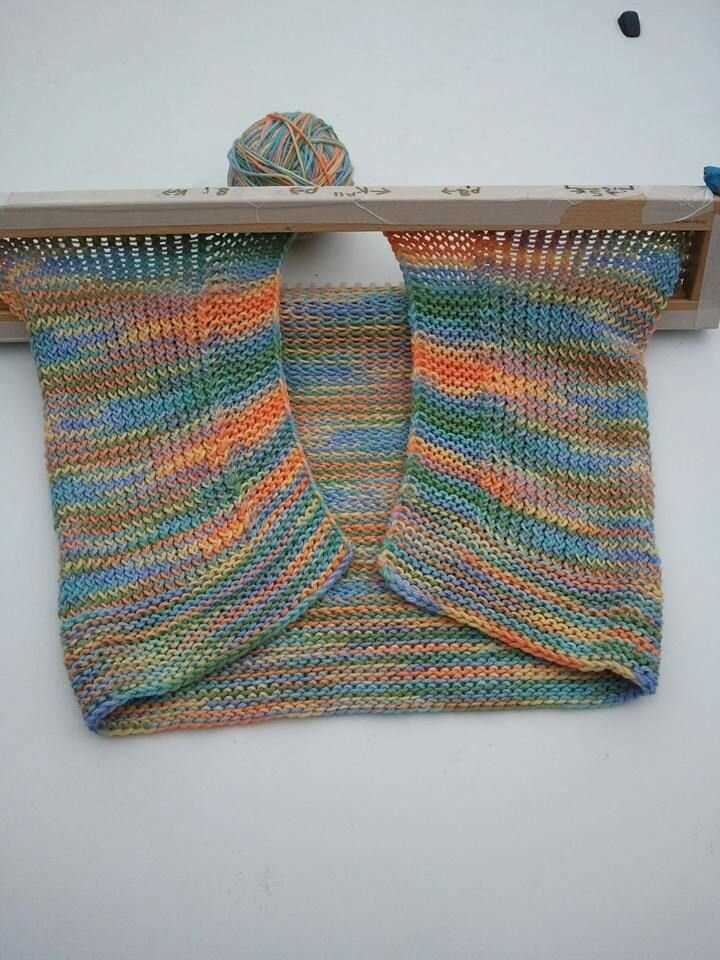
A sweater dress is a stylish and versatile option for colder seasons. This pattern usually features a longer length and can be worn on its own or paired with leggings or tights. It can be knit in various stitch patterns and can include details such as ribbing, pockets, or side slits.
7. Oversized Sweater
An oversized sweater is a cozy and trendy choice that is perfect for lounging or casual outings. This pattern is typically knit with larger needles or a looser gauge to create a loose and comfortable fit. It can be knit in various stitch patterns, such as ribbing or lace, to add visual interest.
Overall, loom knitting sweaters offer a wide range of options to suit different preferences and skill levels. Whether you prefer a basic pullover or a more intricate cable knit design, there is a loom knit sweater pattern for everyone to enjoy.
Knitting the Body of a Loom Knit Sweater
Once you have completed the sleeves of your loom knit sweater, it’s time to move on to the body. The body is the largest part of the sweater, and it’s where you can really start to see your project take shape. Whether you’re knitting a pullover or a cardigan, the process is similar.
To begin, you’ll need to determine the desired length of your sweater. This can vary depending on your personal preference or the pattern you’re following. Once you have this measurement, you can start knitting the body of your sweater.
Step 1: Joining Yarn
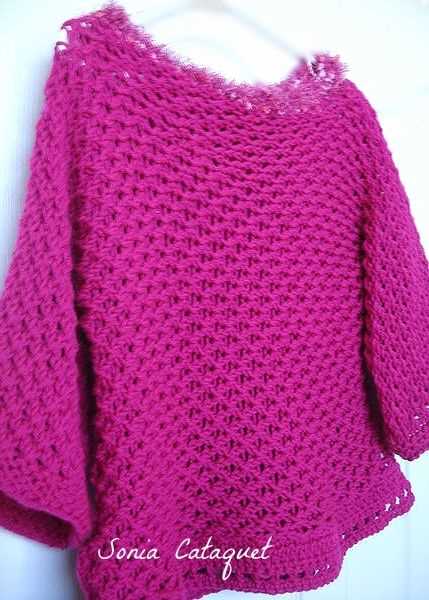
If you need to join a new skein of yarn, make sure to do so in a way that won’t leave a noticeable seam. One method is to overlap the old and new yarn, then tie them together in a secure knot. Trim the excess yarn and continue knitting with the new strand.
Step 2: Knitting in the Round
For most loom knit sweaters, you’ll want to knit the body in the round to avoid having a seam at the sides. You can use either a circular loom or a large round loom for this step. Simply continue knitting in the same stitch pattern as before, working your way around the loom.
Step 3: Shaping the Body
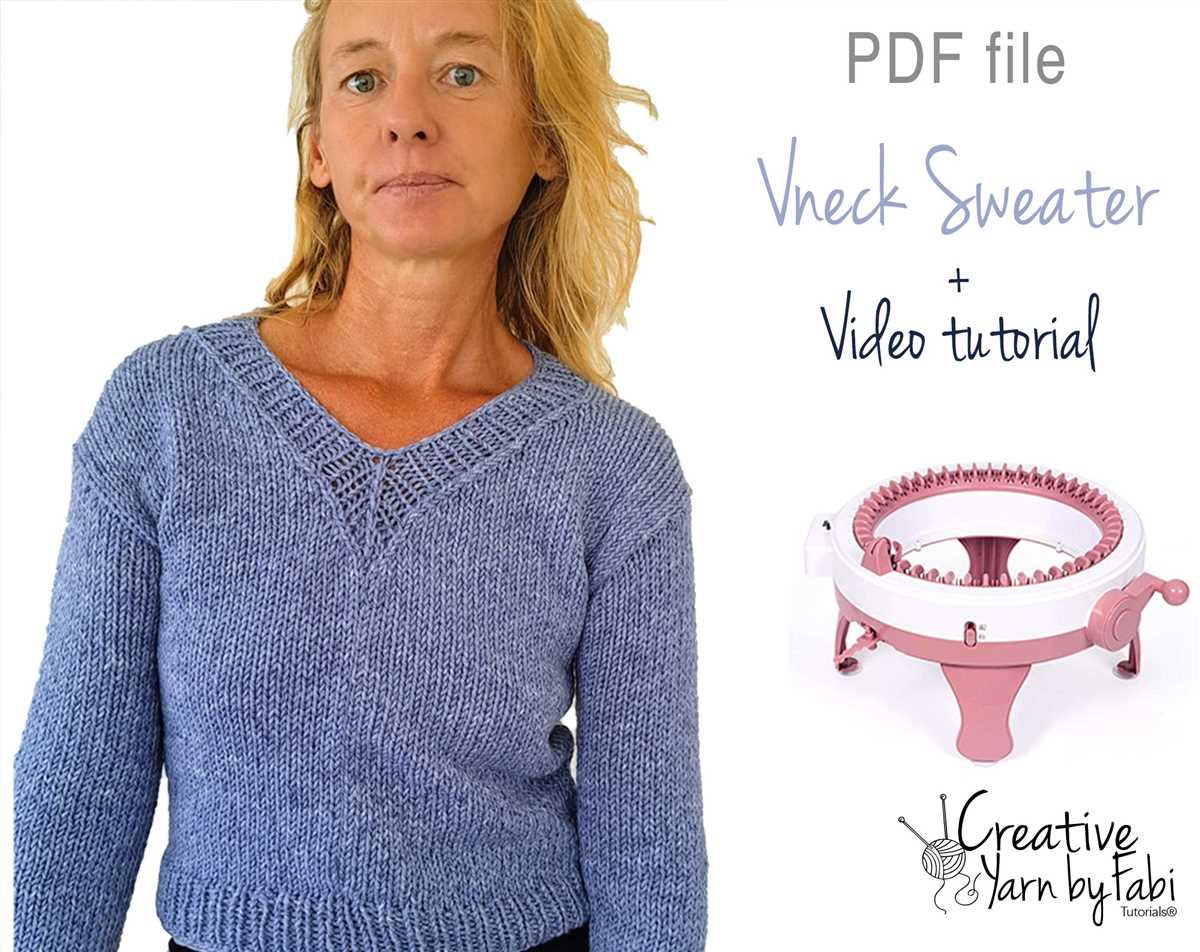
Once you’ve reached the desired length, it’s time to shape the body. This is where you can add waist shaping or other adjustments to customize the fit of your sweater. If you’re following a pattern, it should provide instructions on how to do this. If not, you can experiment with decreases or increases to achieve the desired shape.
Continue knitting until the body is the desired length and shape. Once you’re done, bind off your stitches and weave in any loose ends. Now, you’re ready to move on to the next step of your loom knit sweater project, whether it’s adding a collar, buttons, or other finishing touches.
Creating Sleeves for a Loom Knit Sweater
When it comes to loom knitting a sweater, creating the sleeves can be an important and sometimes challenging step. However, with a few tips and techniques, you can easily create beautiful sleeves that fit perfectly with your sweater.
Choosing the Right Loom: Before you begin, make sure you have the right loom for your sleeve. The size of the loom will depend on the size of the sleeve you want to create. For tighter sleeves, choose a smaller loom, and for looser sleeves, opt for a larger loom. You can also consider using a loom with adjustable pegs to tailor the size and fit of your sleeve.
Calculating the Number of Rows: When determining the number of rows to knit for your sleeve, it’s important to measure the length from your underarm to your desired sleeve length. This will give you an idea of how many rows you need to knit. Keep in mind that you may need to adjust the number of rows slightly based on your stitch pattern or desired fit.
Knitting in the Round: To create your sleeve, you will typically knit in the round using a circular loom. This means that you will knit all stitches in a continuous circle, without turning your work. This technique allows you to create a seamless sleeve with no visible seams.
Decreasing for the Cuff: When you reach the desired length for your sleeve, you will need to create a cuff. To do this, you can use a simple decrease stitch. Knit two stitches together at regular intervals to gradually reduce the number of stitches on your loom. This will create a tapered cuff that fits snugly around your wrist.
Finishing Touches: Once you have completed knitting your sleeve, you can finish it off by binding off the stitches. Cut the yarn, leaving a long tail, and thread it through a yarn needle. Pass the needle through each stitch on the loom, removing them as you go. Once all the stitches are off the loom, pull the yarn tightly to secure the end of your sleeve.
Creating sleeves for a loom knit sweater doesn’t have to be intimidating. With the right tools, measurements, and techniques, you can easily create sleeves that are the perfect fit for your sweater. So grab your loom and get ready to create cozy and stylish sleeves for your next knitting project.
Adding Necklines and Collars to Loom Knit Sweaters
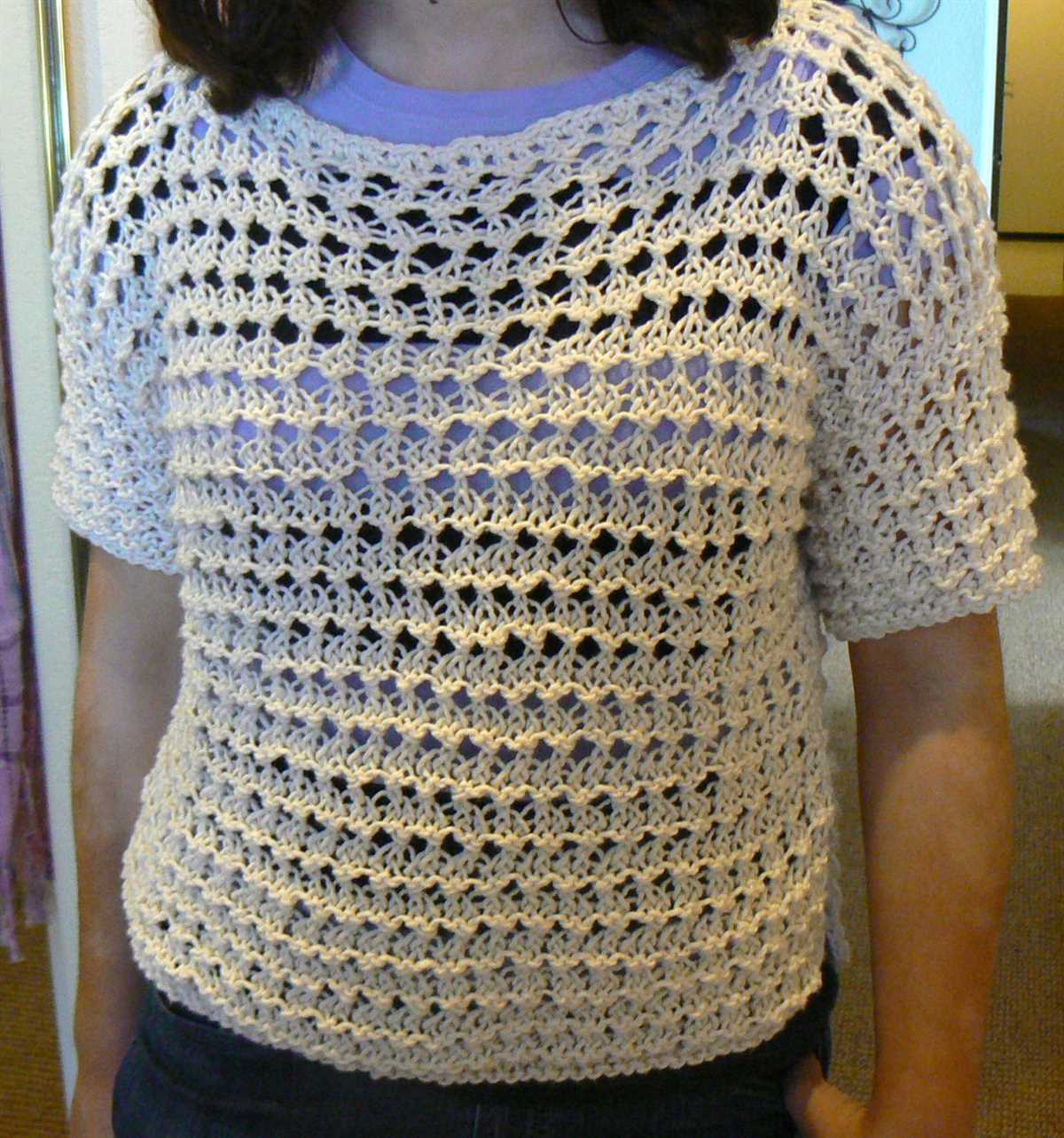
When it comes to loom knitting sweaters, one of the most important elements to consider is the neckline and collar. The neckline can add a touch of style and sophistication to your sweater, while the collar provides warmth and comfort. There are several techniques you can use to add these features to your loom knit sweaters.
One option is to create a ribbed neckline using a contrasting color yarn. This can be achieved by knitting a few rows in a different stitch pattern, such as ribbing, before transitioning back to the main body of the sweater. This adds visual interest and creates a clean, finished look.
Another technique is to add a rolled collar to your loom knit sweater. This can be achieved by picking up stitches along the neckline and knitting a few rows in garter stitch or another simple stitch pattern. This creates a soft, rolled edge that adds a casual and relaxed feel to your sweater.
If you prefer a more traditional collar, you can opt for a stand-up collar. This is created by knitting a separate strip of fabric and attaching it to the neckline. The height and width of the collar can be adjusted to your liking, allowing you to create a unique and personalized look.
When adding necklines and collars to your loom knit sweaters, it’s important to consider the overall style and design of the garment. A delicate lace collar, for example, may not be suitable for a chunky, oversized sweater. Similarly, a wide stand-up collar may overpower a lightweight, fitted sweater. Take the time to experiment with different techniques and yarns to find the perfect combination for your loom knit sweater.
Finishing Touches for Loom Knit Sweaters
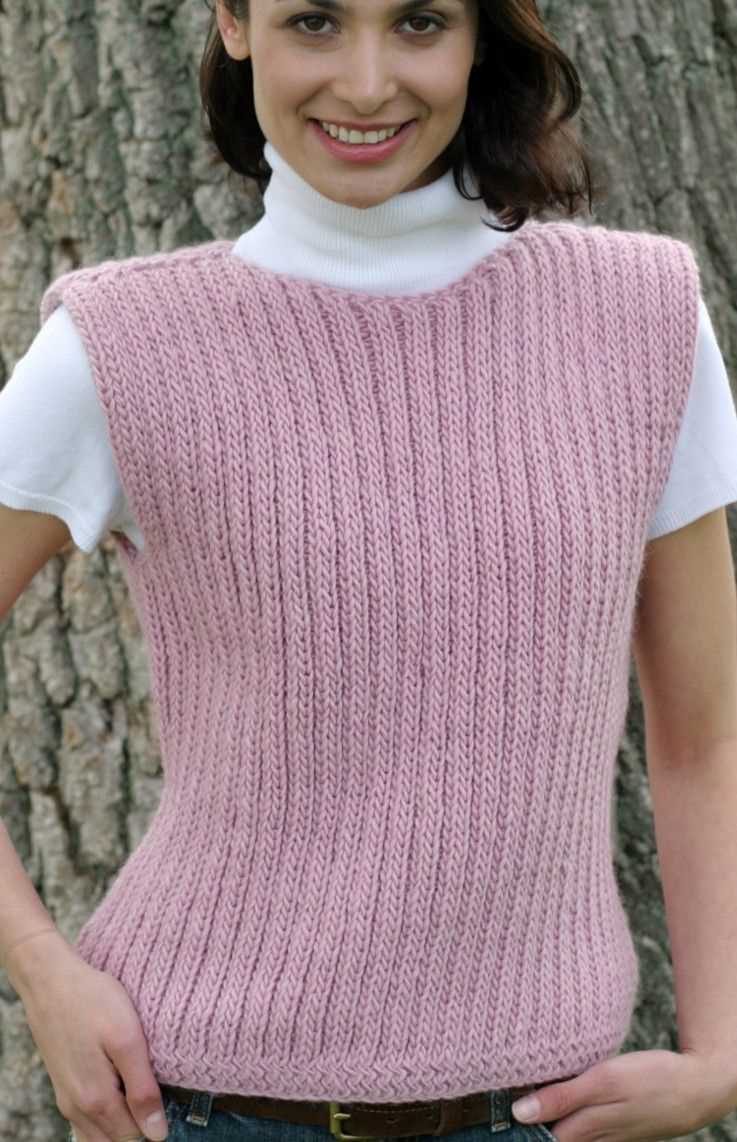
When it comes to finishing your loom knit sweater, attention to detail is key. The final touches can greatly enhance the overall look and fit of the garment. Here are some tips and techniques to consider for adding those special touches to your loom knit sweater:
1. Blocking:
Blocking is an essential step in the finishing process of any knitted garment, including loom knit sweaters. This technique helps to even out the stitches and shape the sweater to the desired dimensions. To block your loom knit sweater, dampen it with water, then lay it flat on a blocking mat. Gently stretch and pin the sweater to the correct measurements, making sure to maintain the desired shape. Allow it to air dry completely before unpinning.
2. Seam Finishing:
Seaming is an important step to ensure that your loom knit sweater looks polished and professional. Use a yarn needle and the same yarn you used for your sweater to sew the seams together. Take care to line up the stitches and stitch in a neat and even manner. You can use a whip stitch, mattress stitch, or any other suitable seaming technique. Be patient and take your time to achieve a seamless finish.
3. Button Bands and Collars:
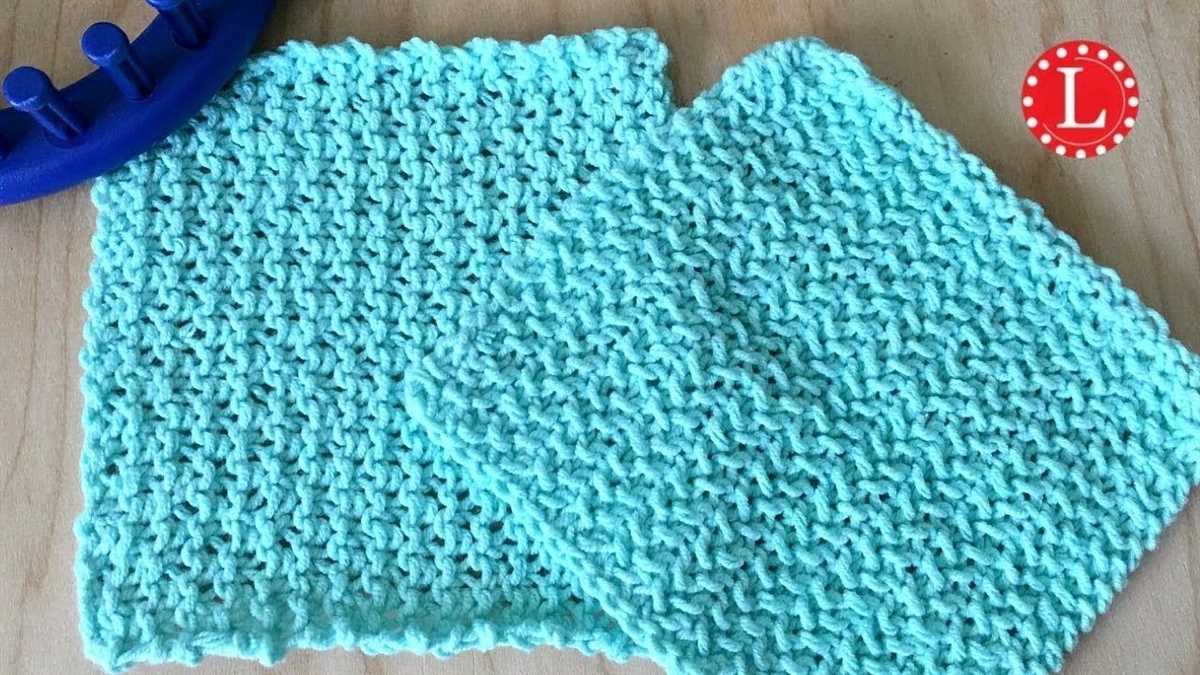
The button bands and collars are important components of a loom knit sweater that add structure and detail. You can create these by knitting a separate strip of fabric using the same stitch pattern as the body of the sweater. Attach the button bands or collar to the sweater using the same seaming technique as mentioned earlier. This will give your sweater a professional and finished look.
4. Finishing Touches:
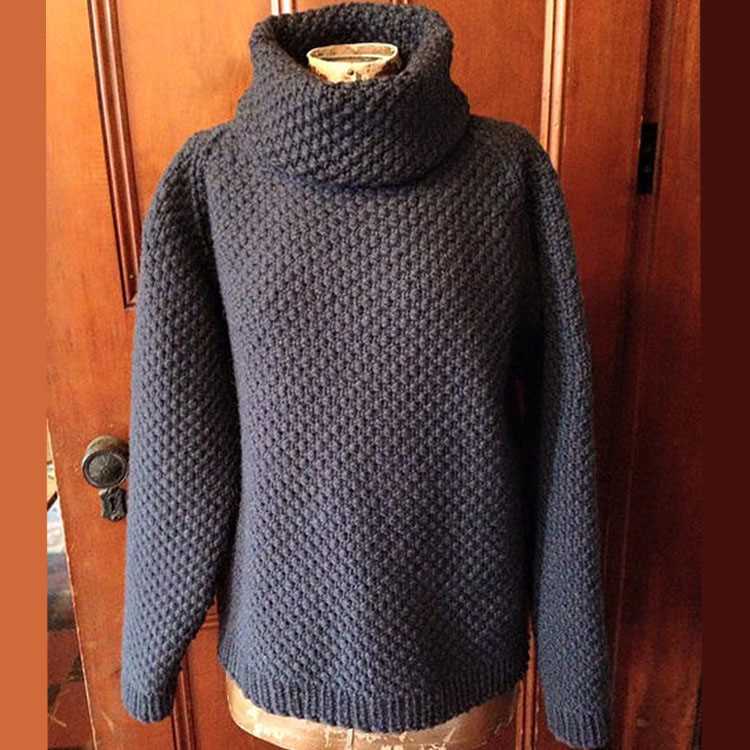
Consider adding some additional decorative touches to your loom knit sweater to make it truly unique. Embroidery, appliques, or even crochet edgings can add a personal touch and elevate the overall design. You can also add buttons, decorative clasps, or toggle closures for added style. Get creative and have fun exploring different options to make your loom knit sweater one-of-a-kind.
Remember, the finishing touches are what bring your loom knit sweater to life. Take the time to block, seam, and add those extra details, and you’ll have a beautiful and professionally finished garment that you can be proud to wear or gift to others.
Inspiration for Loom Knit Sweater Patterns
Knitting sweaters on a loom can be a fun and rewarding project. With the right patterns and inspiration, you can create beautiful and stylish sweaters for yourself or your loved ones. Here are some sources of inspiration to help you get started:
1. Pattern Books: There are many pattern books available specifically designed for loom knitting. These books often include a variety of sweater patterns, ranging from simple designs to more complex ones. They provide step-by-step instructions and illustrations to guide you through the knitting process.
2. Online Communities: Joining online knitting communities and forums can be a great way to find inspiration for loom knit sweater patterns. Many knitters share their own patterns, designs, and tips in these communities. You can also ask for recommendations or advice from experienced loom knitters.
3. Pinterest: Pinterest is a treasure trove of knitting inspiration. You can find thousands of loom knit sweater patterns, tutorials, and ideas on this platform. Create a board specifically for sweater patterns and start pinning your favorites.
4. Fashion Magazines: Fashion magazines often feature the latest trends in knitwear. Look for sweater designs that catch your eye and try to recreate them using a loom. You can also combine different patterns or customize existing ones to create unique and personalized sweaters.
5. Yarn Stores: Local yarn stores can be a great source of inspiration as well. They often display sample sweaters made from different yarns and patterns. Take a close look at these sweaters for ideas on color combinations, stitch patterns, and overall design.
6. Vintage Knitting Patterns: Vintage knitting patterns can be a great source of inspiration for unique and classic sweater designs. Many of these patterns can be adapted for loom knitting. Look for vintage knitting pattern books, websites, or visit thrift stores to find hidden gems.
With these sources of inspiration, you’re bound to find the perfect loom knit sweater pattern for your next project. Remember to choose a pattern that matches your skill level and don’t be afraid to experiment and make it your own. Happy knitting!